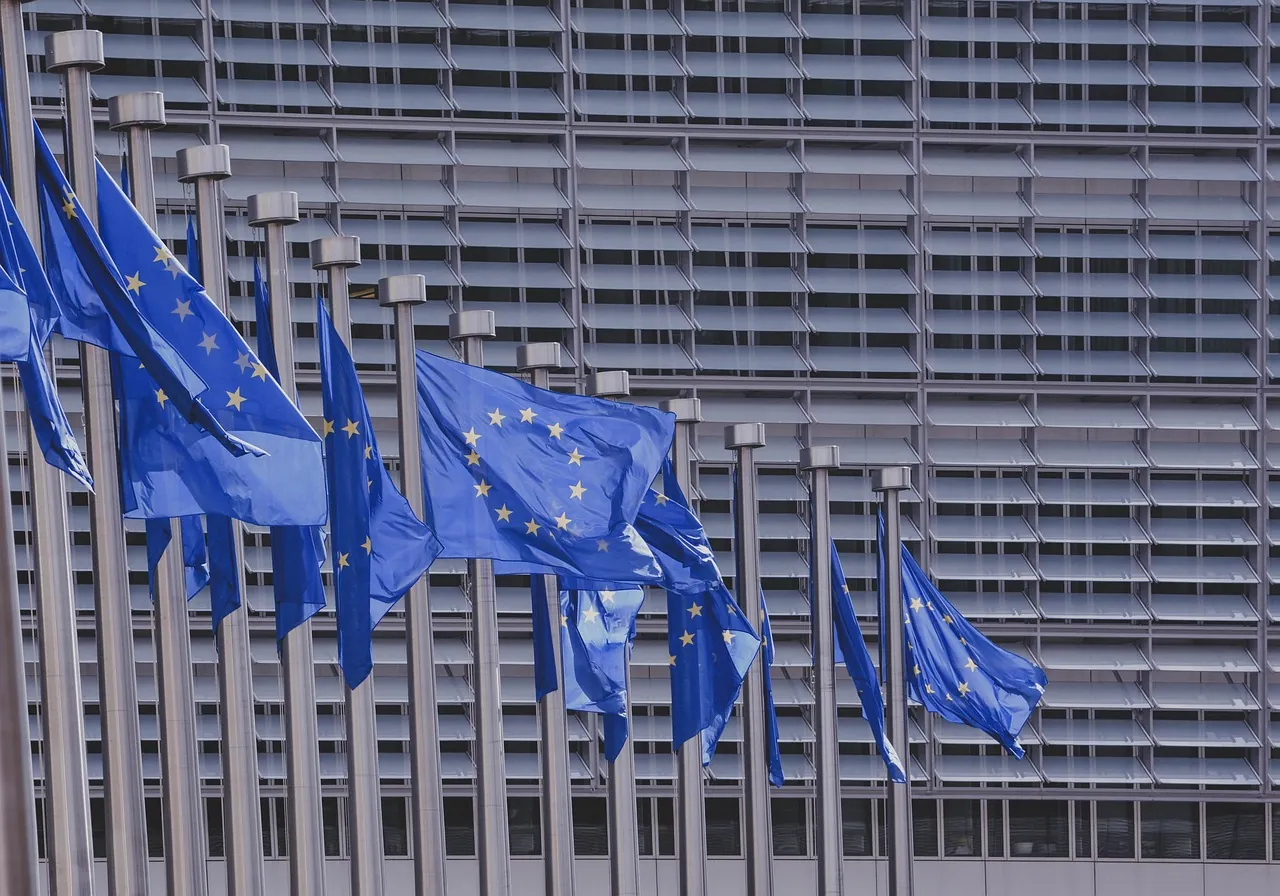
Nowadays, due to climate change and the environmental awareness that our society is facing, authorities and governments around the world have started their shift to other business models that involve a circular economy. The Extended Producer Responsibility, or EPR, is one of the most important regulations that the European Commission is going to implement by the end of 2024.
“The Extended Producer Responsibility, or EPR, is an environmental policy approach in which a product’s responsibility for a product is extended to the post-consumer stage of a lifecycle.”
OECD (ORGANISATION FOR ECONOMIC CO-OPERATION AND DEVELOPMENT)
This policy was made by the European Commission in 2023, and the first taxes will be introduced by the end of 2024. Its motivation is related to encouraging companies to elevate their waste recycling levels and to promote innovation and research for sustainable solutions. Some of them, avoid these waste management methods because of their costs, so EPR will incentive them to recycle or reuse.
This new regulation affects especially how companies will collect and recycle packaging.
The EPR is characterised by:
- Shifting responsibility towards producers when designing their products, both physically or economically, and fully or partially.
- Provisioning of incentives to producers to take into account environmental considerations when designing their products.
The textile and fashion industries are one of the most important and polluting industries in the world. As Recovo’s circularity report for the fashion industry introduced, 43% of the Spanish fashion brands recycle their textile waste, for example. This situation created dumps in the middle of the environment of countries that are not prepared to manage them, such as the Atacama desert textile dump increasing the industry’s footprint, which is already one of the biggest in the world, so the Extended Producers Regulation forces companies to reduce it.
The EPR defines clearly what is and what is not textile waste, which should prevent waste from being exported under the pretext of reusing. Other regulation under this landscape involves how and where the non-reusable waste is exported. This will only be allowed if it is guaranteed correct and green environmental management, so it will be important for brands to implement circular solutions such as recycling services for textile waste or selling their deadstock fabrics, within others.
Currently, some European countries are applying or starting to apply this policy:
France has EPR systems for textiles running in the industry. French manufacturers are responsible for the recycling and final disposal of their products.
The Netherlands introduced Extended Producers’ Responsibility in 2023. Manufacturers, importers, and even online fashion shops are responsible for financing, collecting, and recycling or reusing clothing and household textile waste.
The Italian government presented a project law in 2023 which established the design, production, elimination, and recycling of textile waste. The system proposed makes producers responsible for assuming the costs for waste separate collection.
The designing process also is in this project law, requiring manufacturers to design products that can be reused, repaired, or recycled in the future.
Sweden has also defined a project law related to the EPR, which is going to be implemented in 2024, and some of the Swedish biggest fashion brands, such as H&M, have already created textile collection systems for recycling them.
One of the biggest challenges for EPR is the optimization of the separate collection methods. It is important to make it effortless to motivate companies to separate their waste. This is the starting point for other circular economy techniques such as reusing, recycling, or upcycling, among others.
Another challenge for a correct separate collection method is to measure it properly. The Extended Producer Responsibility requires a lot of data to understand how the textile industry’s efforts are to reduce its climate footprint and to define future rates to achieve for the sector. Companies must collect data about how are they separating their waste to define the next steps for this waste, how it be treated in the future, and to incentivize or penalize companies depending on their compliance.
This objective is related to the Waste Framework Directive. The EPR framework will provide objectives for reusing and recycling textile waste by the end of 2024. Waste management is one of the most important goals for our society, especially for industries such as textile, where zero waste manufacturing is now the target of many authorities and organizations as one of the most important goals for reducing the huge fashion industry climate footprint.
Guarantee to repair and remanufacturing is one of the most important objectives to achieve a circular economy, so the EPR introduces its costs into it to develop its taxes to incentivize good practices, always prioritizing textile-to-textile recycling.
EPR is one of the policies or directives that are going to change European textile production and consumption forever. Brands all around the content must be prepared to comply with them and begin the introduce circular solutions into their processes, not only because the law is demanding it, but also because the environment and the society are also demanding.
The textile and fashion industry is the most important focus for this type of regulation, and we have already seen how many of the biggest brands in the market are introducing new collections or other circular services to comply with this new European Regulation. 2024 and 2025 will be one of the most important years for circularity when the Extended Producers Responsibility is going to be implemented, so the industry must prepare for everything that is coming.
Recovo creates circular solutions for the fashion industry. We cover various aspects of the circular economy for brands:
Based in Barcelona, we have a global mission with our websites in Spanish, English, Portuguese, Italian, French, dutch, German
If you want to know more, please contact us